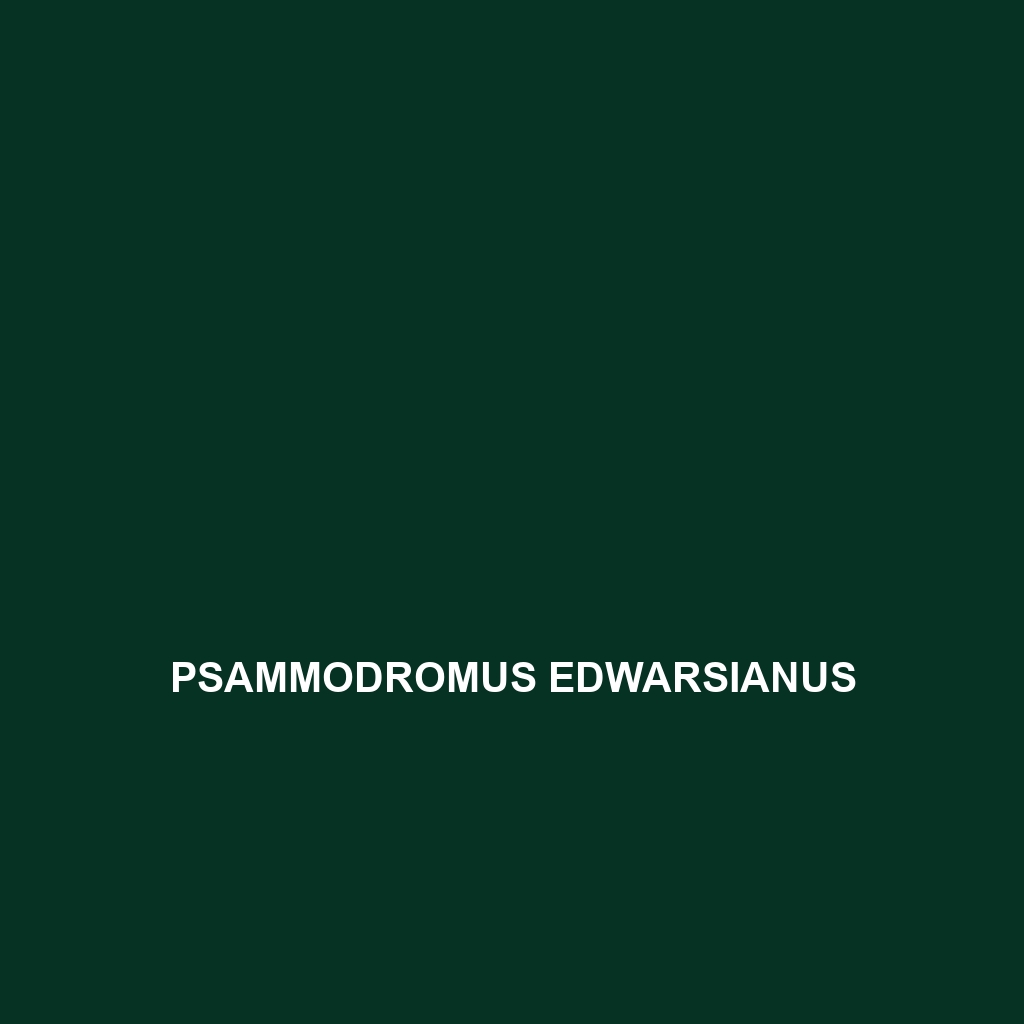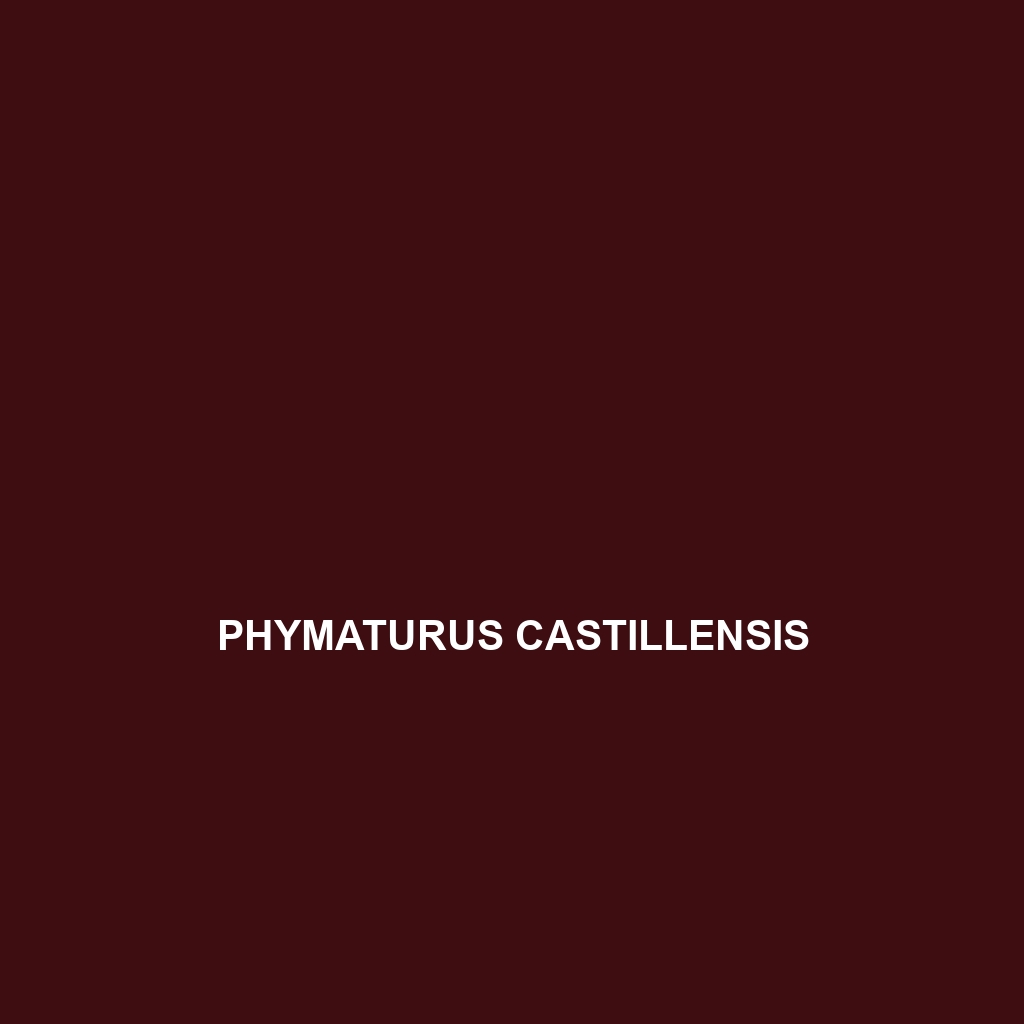Discover the Tuwaiq Agama (<i>Pseudotrapelus tuwaiqensis</i>), a medium-sized lizard native to the Arabian Peninsula, known for its striking blue and black coloration in males, adaptability to arid habitats, and crucial role in controlling insect populations. With diurnal habits and fascinating social behaviors, this resilient reptile thrives in rocky terrains, showcasing its unique adaptations to desert life.
Tag: desert lizards
Psammodromus edwarsianus
Discover the Edward's Sand Racer (Psammodromus edwarsianus), a nimble lizard thriving in southern Europe's sandy habitats. With a length of 15 to 25 cm, it boasts a streamlined body and sandy brown or light gray coloration, making it an adept predator of insects in warm, open environments.
Pseudotrapelus tuwaiqensis
Discover the Tuwaiq Agama (<i>Pseudotrapelus tuwaiqensis</i>), a medium-sized lizard native to the Arabian Peninsula, known for its striking blue and black coloration in males, adaptability to arid habitats, and crucial role in controlling insect populations. With diurnal habits and fascinating social behaviors, this resilient reptile thrives in rocky terrains, showcasing its unique adaptations to desert life.
Psammodromus edwarsianus
Discover the Edward's Sand Racer (Psammodromus edwarsianus), a nimble lizard thriving in southern Europe's sandy habitats. With a length of 15 to 25 cm, it boasts a streamlined body and sandy brown or light gray coloration, making it an adept predator of insects in warm, open environments.
Phymaturus punae
<h2>Product Short Description</h2> <p><b>Phymaturus punae</b>, also known as the Puna Lizard, is an intriguing species native to the high-altitude Andes mountains of Argentina. This diurnal lizard, with its distinctive coloration and robust body reaching up to 25 cm, is an insectivore that plays a crucial role in its ecosystem by controlling insect populations.</p>
Phymaturus camilae
Discover the unique Phymaturus camilae, a robust lizard from Argentina's Andes, measuring 20-25 cm and characterized by its distinctive coloration and spikes. This diurnal omnivore thrives in rocky, arid environments, playing a vital role in its ecosystem by controlling insect populations and contributing to plant diversity.
Phrynosoma solare
Discover the <b>Solar Horned Lizard</b> (<i>Phrynosoma solare</i>), an incredible desert inhabitant known for its distinctive spiny head and remarkable camouflage abilities. This fascinating insectivore thrives in arid environments of North America, playing a vital role in maintaining ecological balance while showcasing unique adaptations for survival.
Phrynosoma orbiculare
<b>Phrynosoma orbiculare</b>, commonly known as the round-tailed horned lizard, is a robust, flattened reptile found in arid regions of the western U.S. and northern Mexico. This insectivorous lizard, characterized by its unique rounded tail and spiny scales, plays a critical role in its ecosystem by controlling insect populations and serving as prey for various predators.
Phrynosoma braconnieri
<b>Braconnier’s Horned Lizard</b> (<i>Phrynosoma braconnieri</i>) is a small, desert-dwelling lizard, measuring 3 to 5 inches, recognized for its distinctive horn-like projections and exceptional camouflage. Found in arid regions of the southwestern U.S. and parts of Northern Mexico, it plays a vital ecological role by controlling insect populations and serving as prey for larger predators.
Phrynocephalus vlangalii
Introducing the Vlangal's Toad-Headed Agama (Phrynocephalus vlangalii), a remarkable reptile native to Central Asia's arid regions, known for its distinct flat body and coloration that aids in camouflage. These diurnal insectivores exhibit fascinating burrowing behaviors and play a vital role in maintaining the ecological balance of their habitat.









